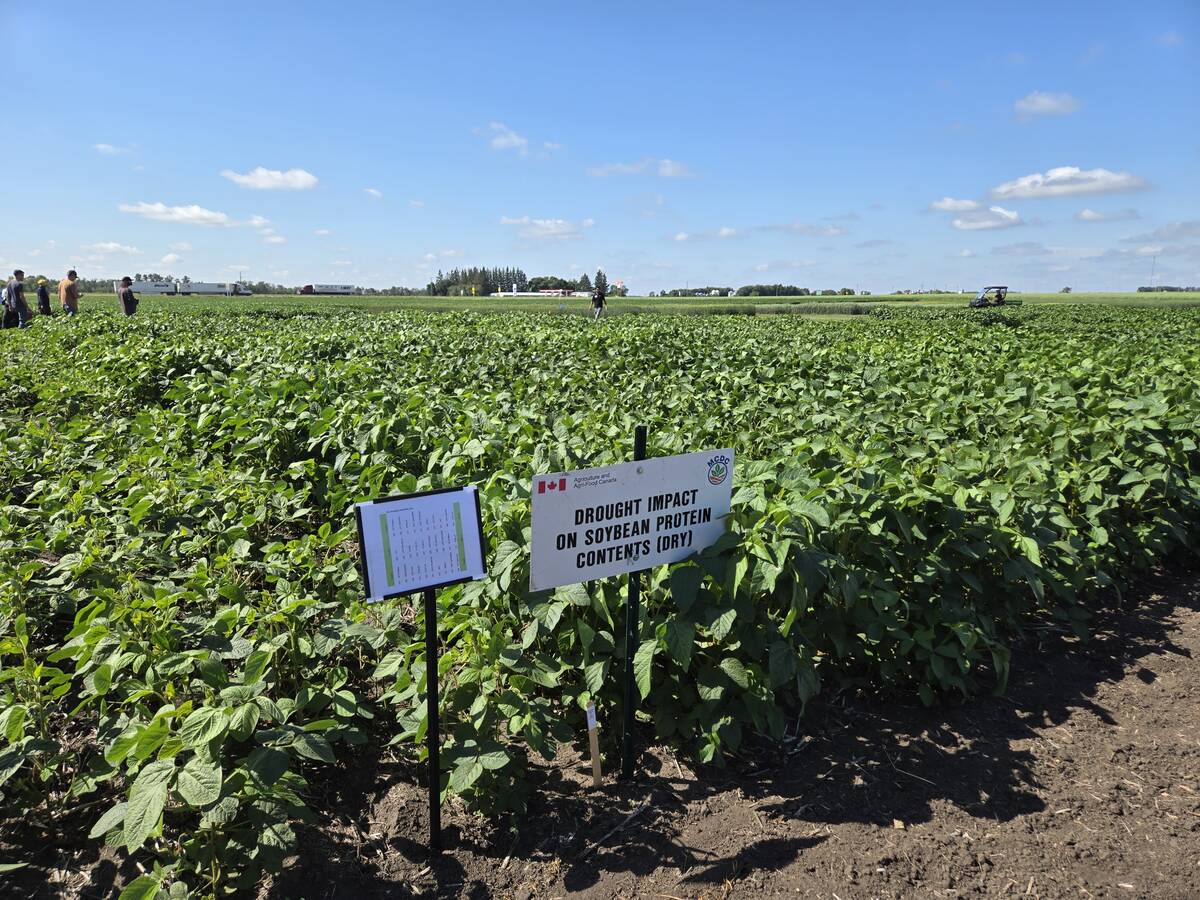Most Saskatchewan landowners will pay less education tax this year as the provincial government makes good on its 2007 election promise to pay a greater share. ![]()
Saskatchewan joins seven other provinces in moving to provincially set education mill rates for each property class – residential, agricultural and commercial.
Finance minister Rod Gantefoer announced in the March 18 budget that agricultural property will be subject to an education mill rate of 7.08 in 2009 and 3.91 in 2010.
Read Also

Carberry field day looks for agriculture solutions
Manitoba farmers explored research solutions for resilient crops, perpetual agronomic issues and new kinds of agricultural products at a field day at the Manitoba Crop Diversification Centre in Carberry on Aug. 6.
An example provided by the education ministry used 10 quarters of land in the Rural Municipality of Winslow, near Dodsland, with a 2008 taxable assessment of $298,100.
The education tax paid in 2008 was $3,403. The amount will drop to $2,364 this year and $1,306 in 2010.
Education minister Ken Krawetz said some taxpayers will pay more this year if they own property in municipalities that previously used mill rate factors to shift the tax from agricultural to commercial property. However, the change in the provincially set mill rate in 2010 should alleviate that increase.
The province will contribute $241 million more than last year to fund teacher salary increases and inflation, while taxpayers directly pay $103 million less. It will pay 63 percent of the Kindergarten to Grade 12 bill this fiscal year, up from 51 percent last year.
In 2010-11, the percentage will rise to 66 percent.
“We think that is an appropriate ratio to move toward,” Gantefoer said.
Agricultural ministry spending will increase by $177.5 million, from last year to $483.4 million. It is the third largest in the department’s history.
The extra money will accommodate a $108 million increase in business risk management spending, $20 million for crop insurance, $22 million to move the administration















